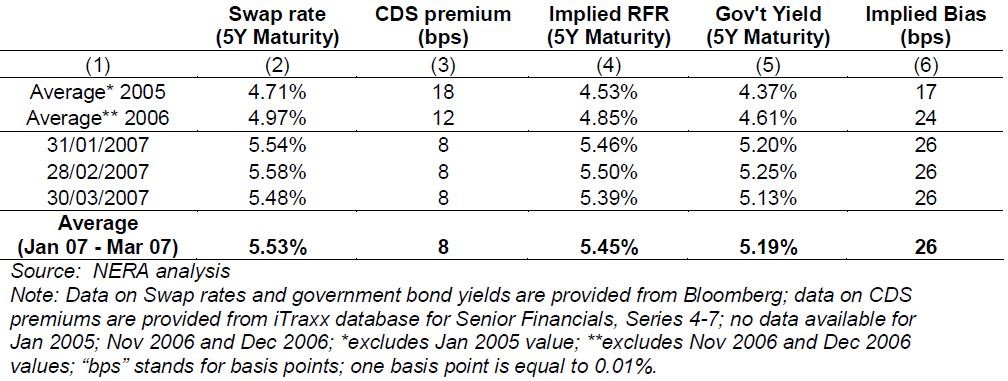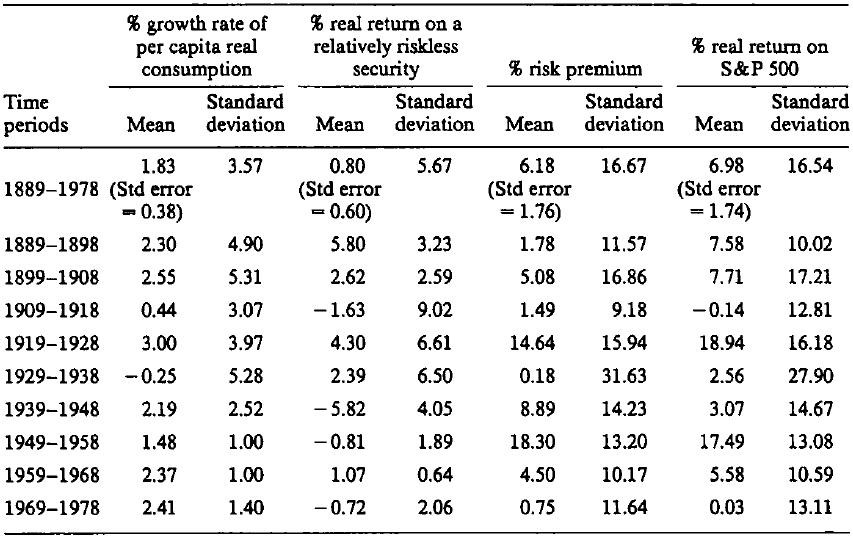Risk Premium Factor Valuation Model for Calculating the Equity Market Risk Premium and Estimating
Post on: 16 Март, 2015 No Comment

Stephen D. Hassett
Hassett Advisors
February 16, 2010
Understanding the factors that drive the stock market is more than an academic exercise. With a framework to understanding what that drives the overall market, business leaders are positioned to drive value their own businesses. While driving increases in shareholder value is one of the most important responsibilities of any business leader, many are handicapped by not having a deep understanding of what drives value.
This paper introduces a model that provides a quantitative explanation for the booms, busts, bubbles, multiple expansion and contraction we have experienced over the past 50 years using a surprisingly simple approach. The model explains stock prices from 1960 through the present (December 2009) including the 2008/09 “market meltdown.” This includes what I believe to be a new and original approach that combines generally accepted approaches to valuation with a simple but new approach to estimating the Market or Equity Risk Premium (ERP) that produces very good explanations of market P/E ratios and overall market levels.
Factors that drive value are easily understood using a simple constant growth equation: P = E / (C – G). Rather than using a fixed Equity Risk Premium, the model employs a new approach for estimating the Equity Risk Premium, called the Risk Premium Factor. Using the current risk free rate and some simplifying assumptions, the Risk Premium Factor Model explains S&P Index levels with good accuracy for 1960 — present.

Many researchers have posited that the Equity Risk Premium fluctuates and also that it has declined over time. I propose that the cause in the fluctuation is that the ERP is a function of risk free rates. This causality is consistent with loss aversion coefficient associated with Prospect Theory (Kahneman and Tversky, 1979). Since risk free rates had declined so significantly since the early 1980’s the ERP has also fallen and contributed significantly to the rise in the S&P 500. Overall, increased risk free rates have accounted for more than half of the growth in the S&P 500 since 1981.
The model shows that most variation can be explained with only three factors: 1. Earnings 2. Growth 3. Interest rates which drive cost of capital and embody inflation.
Keywords: Equity Risk Premium, Equity Premium, Market Risk Premium, Risk Premium, Valuation, cost of capital, asset pricing, equity pricing, loss aversion, Prospect Theory
JEL Classification: G00, G10, G11, G12, G31, E44














